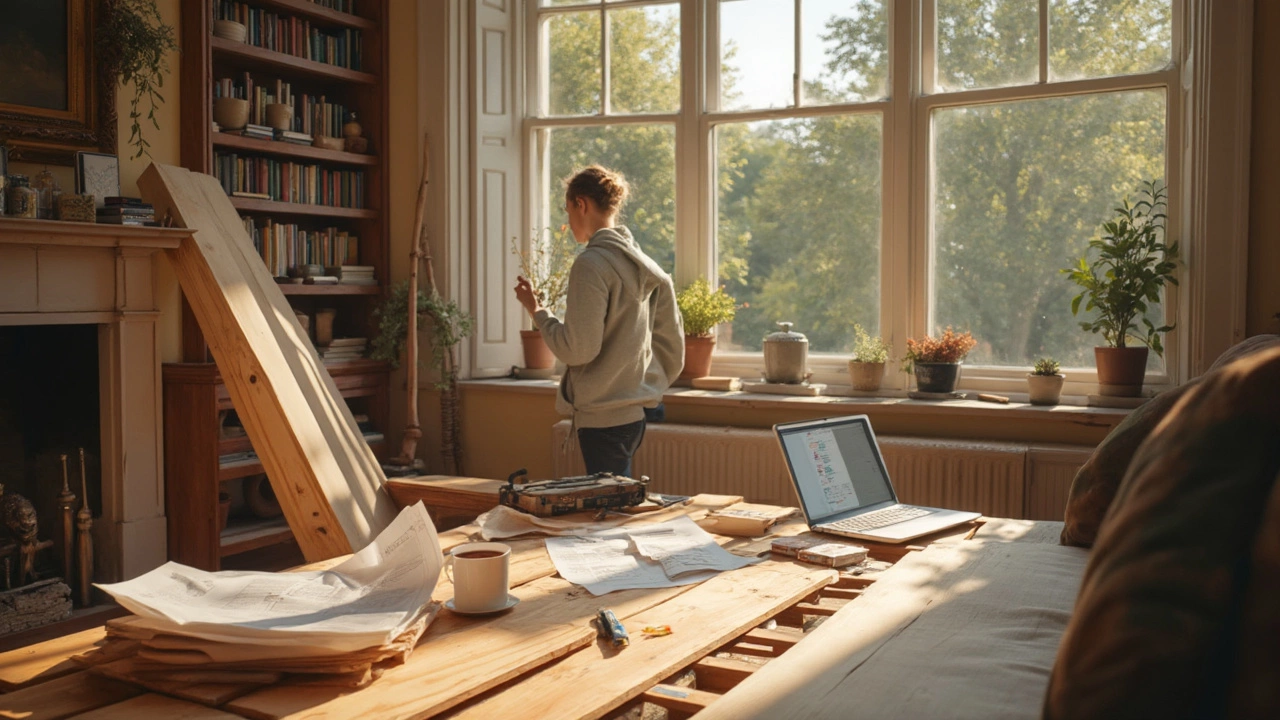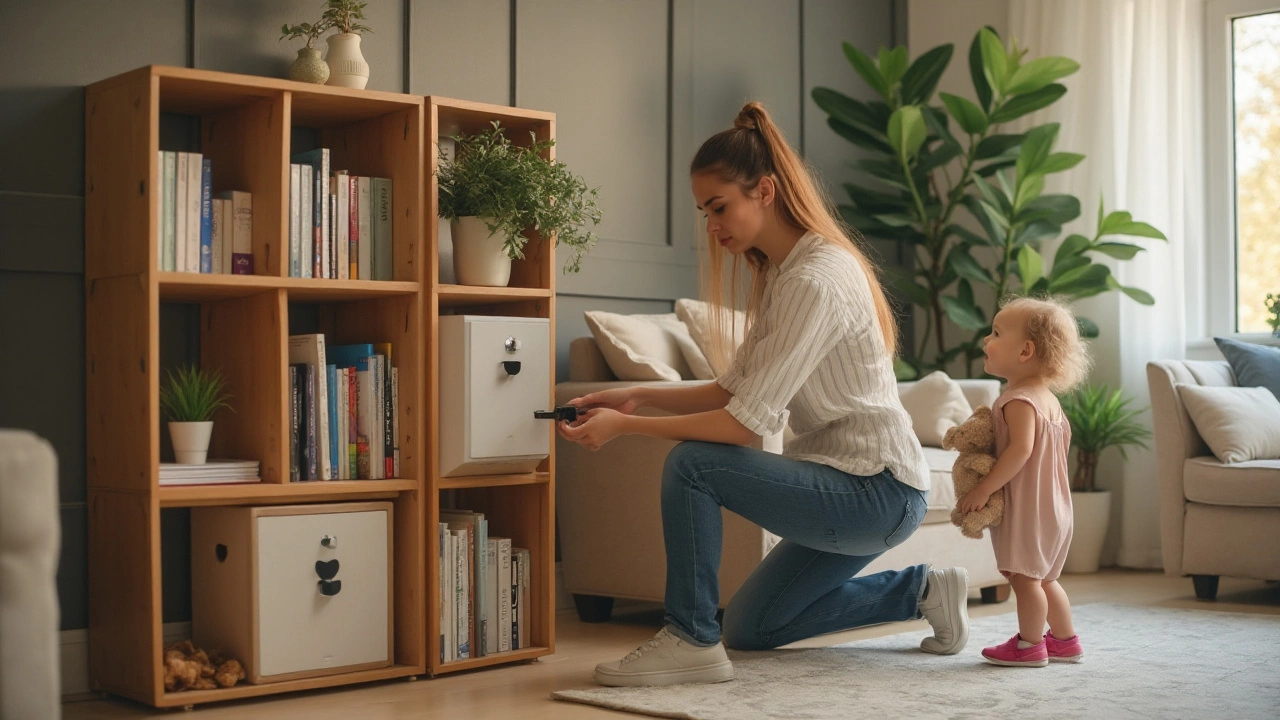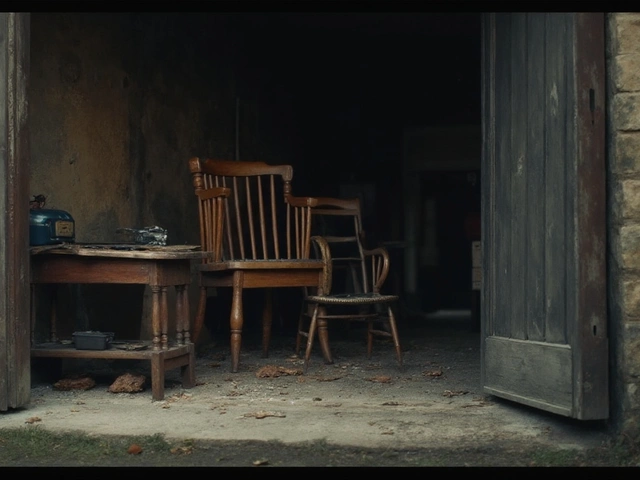Bookshelf Tips: Make Your Shelves Work Better and Last Longer
Got a bookshelf that looks crowded or scares you with creaky shelves? You’re not alone. A few simple changes can turn any unit into a tidy, sturdy showcase for books, decor, and more. Below are the most useful tips you can apply right now.
Choosing the Right Shelf Height & Material
First, measure the space you have. A common mistake is buying a unit that’s either too tall for the wall or too shallow for the books you own. Aim for a shelf depth of at least 10‑12 inches for most paperbacks; taller books need 12‑14 inches.
When it comes to material, solid wood handles weight best, but it’s also the most prone to warping if moisture sneaks in. If you live in a damp area, go for engineered wood or metal frames with a wood veneer. These options stay flat even if the garage temperature shifts.
Don’t forget the spacing between shelves. A rule of thumb is 12‑14 inches for average books and 16‑18 inches for larger coffee‑table books. Adjustable shelf brackets let you customize later on, so you’re not stuck with the wrong gap.
Arranging Books and Decorative Items
Start by sorting books by size or genre. Put the tallest volumes on the bottom shelf—this gives the unit a stable base and makes it easier to reach. Use bookshelf dividers or small boxes to keep loose papers from sliding off.
Mix in a few decorative pieces to break up the monotony. A vase, a framed photo, or a small plant adds personality without adding weight. Keep heavier decor on lower shelves; lighter items can float higher.
If you’re short on space, consider double‑stacking: place a horizontal book runner on top of a row of books and add a second row on the runner. This tricks the eye and adds extra display area.
Maintaining Your Bookshelf for Longevity
Dusting is more than a visual clean‑up; dust can settle on wood and cause a dull finish. Wipe shelves weekly with a soft, dry cloth. For sticky spots, use a slightly damp cloth, then dry immediately.
Watch out for moisture. If you store books in a garage or unheated room, condensation can make the wood swell. Place a silica gel packet or a small dehumidifier near the unit to keep humidity under 60%.
Check for loose screws every few months. Tightening them prevents the whole shelf from wobbling and keeps the load balanced. If you notice any warping, sand the affected area lightly and apply a wood sealant to protect against future damage.
Finally, rotate the books periodically. Moving them around spreads wear evenly and gives you a chance to reshuffle your collection for a fresh look.
With these straightforward bookshelf tips—right sizing, smart arranging, and regular care—you’ll get a tidy, sturdy display that lasts for years. Ready to give your shelves a makeover? Start with one shelf today and watch the difference.




